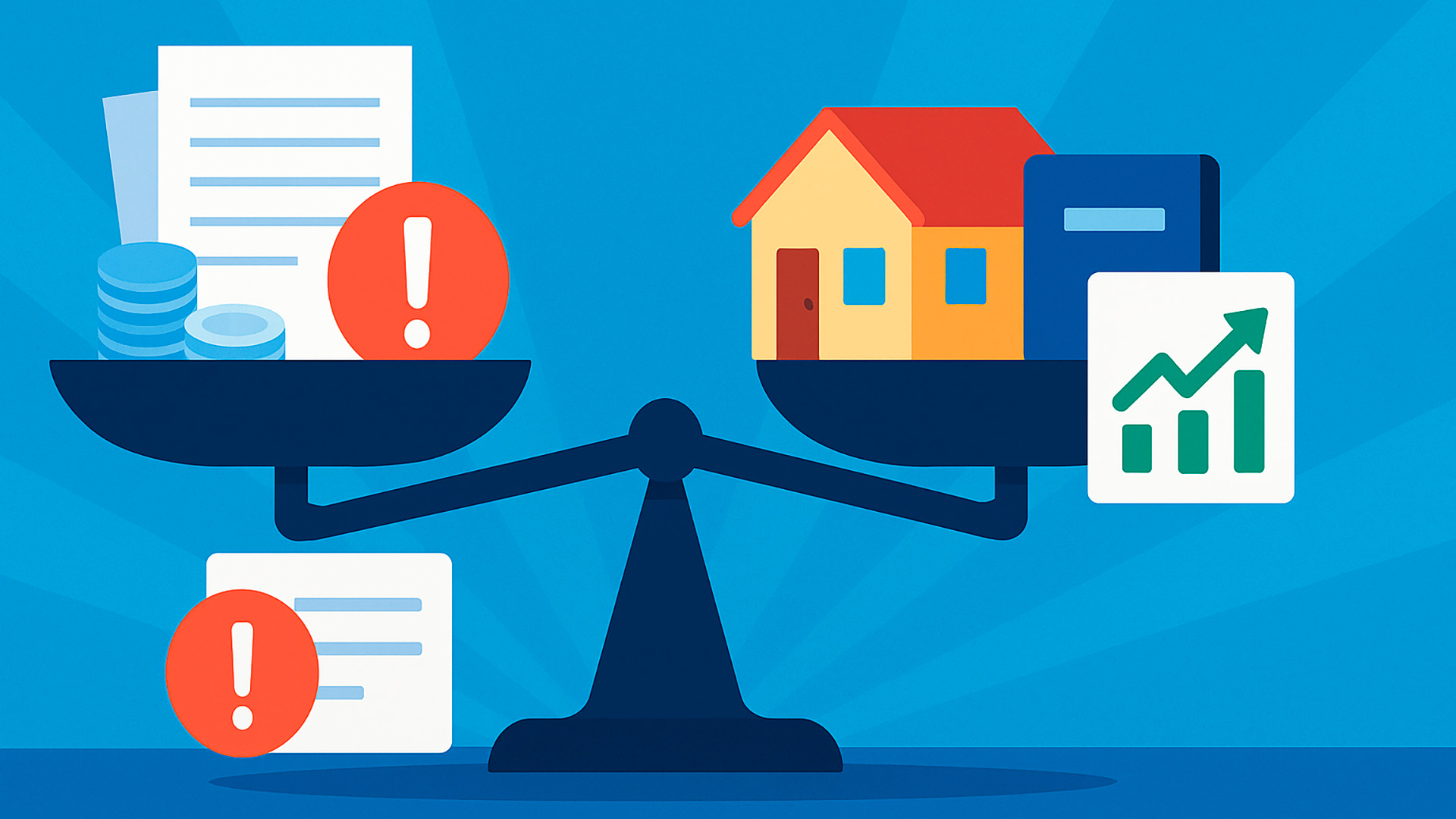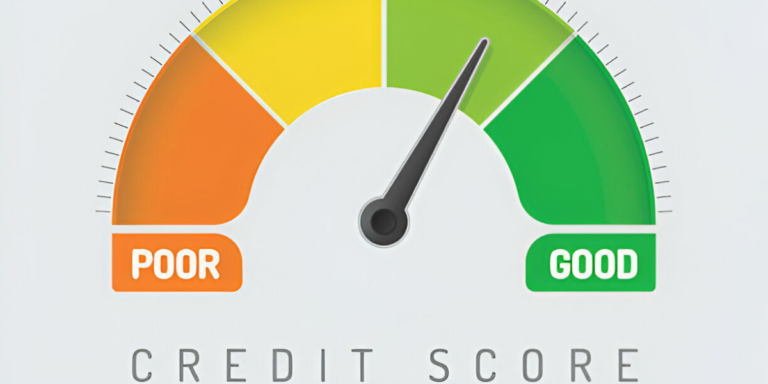Turning Borrowed Money Into a Path Toward Independence

Everyone dreams of living without financial stress—being able to pay bills on time, cover emergencies, and still have enough left to pursue goals and enjoy life. The concept of financial freedom captures this dream perfectly. It doesn’t necessarily mean having unlimited wealth; rather, it means having control over your money instead of money controlling you. Surprisingly, credit and loans—often seen as obstacles—can be powerful tools to achieve this independence. When managed properly, borrowing allows people to build assets, invest in education, grow businesses, and create opportunities that would otherwise remain out of reach.
What Financial Freedom Really Means
Financial freedom is more than paying off debt or saving money. It is the ability to make choices without being restricted by financial obligations. Someone with financial freedom can take a career risk, move to a new city, or start a business without worrying about survival. For many, the journey to this point involves using credit wisely—transforming loans and cards into stepping-stones instead of stumbling blocks. Credit agencies and lenders are not enemies in this journey; they are partners, as long as borrowers understand the rules and play by them.
The Right Way to Use Credit for Growth
Borrowing money isn’t inherently bad. What matters is why and how it’s used. Taking on debt for consumer goods that quickly lose value is rarely helpful. However, borrowing for education, property, or business development can generate returns that outweigh the cost of interest. To make sure debt becomes a tool for financial freedom, certain principles must guide every decision.
Key Principles for Smart Borrowing
- Borrow with a purpose: Every loan should serve a clear goal, whether building equity in a home, financing education, or starting a profitable venture.
- Know the true cost: Interest rates, fees, and repayment terms must be understood before committing.
- Align debt with income: Monthly payments should fit comfortably within a budget to avoid stress.
- Plan repayment from day one: Having a clear exit strategy prevents long-term dependency on credit.
Table: Productive vs. Non-Productive Debt
| Debt Type | Productive Use | Non-Productive Use |
|---|---|---|
| Student Loans | Financing education leading to higher earnings | Over-borrowing without career payoff |
| Mortgage | Building equity through property ownership | Buying more house than necessary |
| Business Loan | Investing in growth and expansion | Covering losses without structural changes |
| Credit Cards | Emergency expenses repaid quickly | Impulse spending on depreciating items |
Rules Every Borrower Should Follow
Using debt responsibly requires discipline. The following rules act as safeguards, helping people use credit to create freedom rather than chains:
- Live below your means: Avoid lifestyle inflation just because credit is available.
- Pay more than the minimum: Minimum payments keep you in debt longer and increase total interest paid.
- Monitor credit scores: A strong score unlocks lower rates and better terms, reducing long-term costs.
- Refinance when possible: Lowering interest rates on existing loans speeds up the journey to financial freedo.
- Keep utilization low: Using less than 30% of available credit boosts trust with lenders.
The Role of Credit Agencies in Financial Freedom
Credit agencies track repayment behavior and assign scores that lenders use to evaluate risk. Understanding this system is essential for achieving financial freedom. Good behavior—such as paying bills on time, limiting new inquiries, and keeping accounts open—improves scores, which leads to lower borrowing costs. With lower interest rates, borrowers save money that can be redirected toward savings, investments, or faster debt repayment. In this way, credit agencies indirectly support financial independence by rewarding responsible habits.

How Credit Can Build Wealth
Debt often gets a negative reputation, but when used strategically, it builds wealth. Mortgages allow families to own homes and gain equity. Business loans create income streams through entrepreneurship. Even well-managed credit cards can provide rewards and cash-back benefits. The secret lies in balancing borrowed money with repayment ability. Rather than avoiding loans entirely, successful borrowers learn to use credit as leverage. In this sense, financial freedom is not about rejecting credit, but about mastering it.
Table: Steps Toward Financial Freedom Using Credit
| Step | Action | Result |
|---|---|---|
| 1 | Build emergency fund | Protects against reliance on high-interest debt |
| 2 | Use credit strategically | Invests in long-term growth |
| 3 | Track and reduce debt | Frees up income for savings |
| 4 | Improve credit score | Access to cheaper credit options |
| 5 | Shift focus to assets | Creates independence from borrowing |
Balancing Credit and Lifestyle
One of the biggest challenges people face is balancing present comfort with future freedom. Easy access to credit tempts many into overspending. Yet, those who maintain discipline and prioritize long-term goals consistently move closer to financial freedom. This doesn’t mean living without joy, but it does mean making conscious choices—delaying gratification today to enjoy greater independence tomorrow.
Practical Tips for Households
Families often juggle multiple debts, from mortgages to auto loans and credit cards. Applying simple practices can transform household finances:
- Create a budget that includes debt repayment as a priority.
- Consolidate debts when possible to lower interest and simplify payments.
- Automate bills to avoid missed deadlines.
- Hold regular family discussions about financial goals and progress.
Generational Benefits of Responsible Borrowing
When parents manage credit responsibly, they set examples for their children. Teaching young people about interest rates, repayment discipline, and the dangers of overspending ensures the next generation starts their adult lives better prepared. In this way, borrowing responsibly doesn’t just create financial freedom for one household—it creates a cultural shift toward healthier financial habits in entire families and communities.
Freedom Through Mastery, Not Avoidance
Credit can trap or empower. The difference lies in understanding, discipline, and planning. Rules like borrowing for value, paying on time, and monitoring credit scores ensure debt works in your favor. Tools like refinancing, consolidation, and credit counseling provide additional credit solutions for those struggling. Ultimately, financial freedom is not about living without credit—it is about using it wisely to build security, wealth, and independence. With the right approach, borrowed money becomes more than a liability; it becomes a partner in creating the life you truly want.




